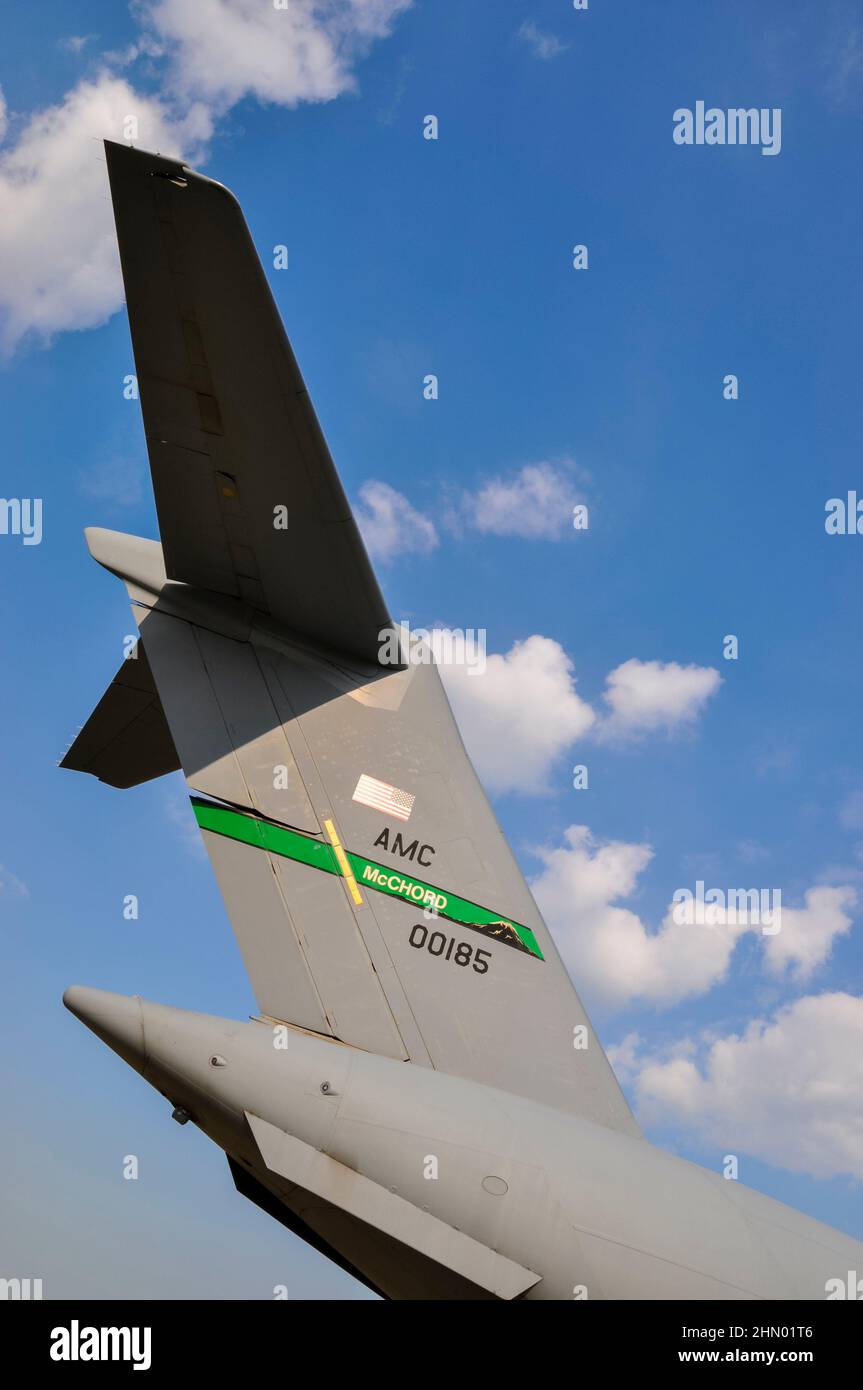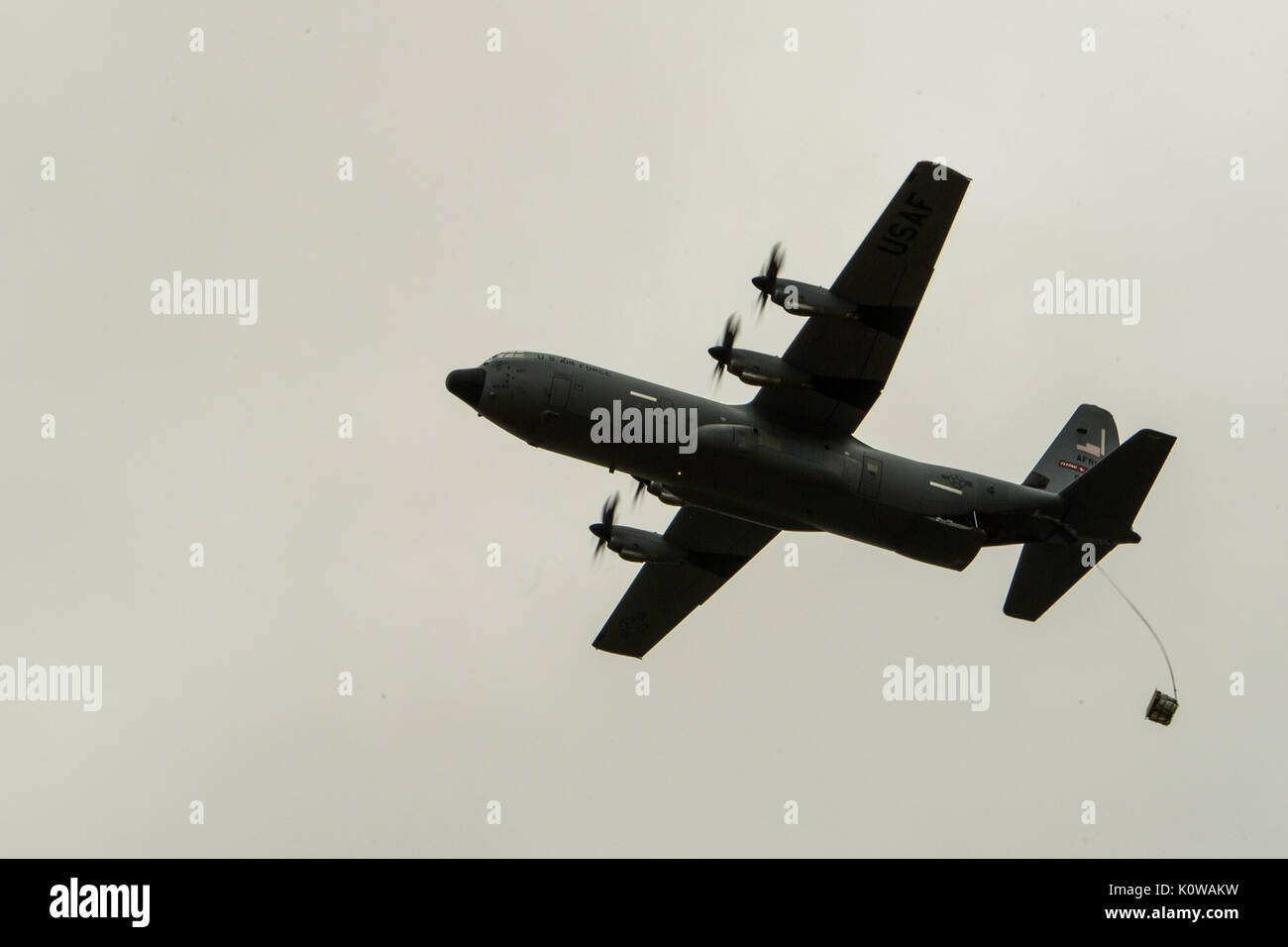Faeth Aircraft Parts - The behavior of the slip angle is a function of the temperature difference between the droplet and the superhydrophobic coating of the aircraft ice protection system.
A modular framework for life-cycle-based assessment of aircraft technology, maintenance strategies and operational event simulations
Faeth Aircraft Parts

Design and development of an electronically actuated rotating rotor blade in a glacial wind tunnel and experimental test design and preliminary testing with surface coatings as a hybrid protection solution.
Pdf) On The Design And Optimization Of An Autonomous Microgravity Enabling Aerial Robot
Open Access Policy Institutional Open Access Program Special Issues Guidelines Editorial Process Research and Publication Ethics Article Processing Fee Award Certificate
All published articles are distributed worldwide under an open license. No license is required to use all or part of the article, including articles and tables. For articles published under the Open Access Creative Commons CC BY license, any part of the article may be reused without permission, provided that the original article is clearly indicated. For more information see https:///openaccess.
Functional papers represent the most advanced research in the field with high impact potential. Special articles are submitted at the personal suggestion or recommendation of the academic editors and are subject to peer review before publication.
A feature paper can be an original research paper, a substantial new research study involving different techniques or methods, or a comprehensive review paper that provides a clear and concise update of the latest advances in the field, systematically reviewing exciting advances in science. field. Literature. This type of paper provides an overview of future research directions or applications.
Sport Pilot 16 Sep 2012 By Recreational Aviation Australia
Editor's Choice articles are based on recommendations from academic editors of journals around the world. The editors select a small number of recently published articles in the journal that they consider to be of particular interest to the readership or important in the relevant research area. The aim is to provide a snapshot of some of the most exciting work published in the journal's various research areas.
Received: 6 June 2021 / Revised: 24 June 2021 / Accepted: 25 June 2021 / Published: 14 July 2021
Ice on aircraft can have many negative effects on aerodynamic performance. Although the problem was recognized in the 1920s, the problem of ice remains an ongoing area of research due to the complexity of ice phenomena. This review article summarizes current deicing research on two main topics: deicing physics and deicing technology. Ice physics are based on fixed wings, rotors and engines that are heavily affected by ice. Research in motor ice research has recently focused on ice crystallization. The investigated ice reduction techniques are based on active, passive and hybrid methods. Active reduction techniques include thermal and mechanical methods currently used in aircraft. The passive reduction techniques discussed are currently based on chemical bonding studies. Hybrid abatement technology has been investigated as a combination of thermal (active) and chemical coating (passive) methods to reduce energy consumption.

Airplane Ice Cream Anti-Ice Despicable Ice Physics Ice War Ice Cover Heating Ice Wind Tunnel Power Consumption Ice Crystal Glass
Pdf) Avian Diversity And Bird Aircraft Strike Problems In Bahir Dar International Airport, Bahir Dar, Ethiopia
Aircraft ice has been a serious problem since its recognition in the 1920s, as it can cause degradation of aerodynamic performance and failure of critical flight instruments [1]. A major focus of aircraft ice research is the accumulation of ice on wings with serious negative consequences. When icing occurs on the wing, the change in airfoil can cause a decrease in lift and an increase in drag, leading to fatal accidents [2]. Historical ice studies have been documented several times in the literature [1, 2, 3]. The initial phase of ice research was mainly conducted to understand the physics of ice through experiments and the development of ice reduction techniques [4]. In the 1970s, simulations for aircraft ice began to develop. The motivation behind the simulation is to reduce costs and reduce the risk of accidents during the certification of ice reduction equipment. Since then, more accurate ice simulation tools have been developed using both experiments and data analysis.
From a meteorological point of view, early freezing studies are based on freezing caused by small water droplets up to 40 mm in diameter, which is often mentioned in Appendix C of Part 25 of the US Code of Federal Regulations, Title 14 [5]. However, the 1994 ATR-72 accident at Roselawn revealed the need for research experiments on the droplet-size envelope shown in Appendix C. The National Transportation Safety Board concluded that the crash was caused by supercooled water droplets 2,000 µm in diameter. Therefore, the FAA has proposed a new regulation as Appendix O, which describes the meteorological conditions in which diameters up to approximately 2,000 mm. Since the 1990s, freezing caused by water droplets larger than 40 µm in diameter has been called supercooled large droplet (SLD) freezing. That plane remains a challenge for ice researchers. In addition to SLD ice, interest in jet engine ice increased significantly in the 1990s [7, 8]. Engine icing is often called ice crystal icing because it is caused by ice crystals rather than supercooled droplets that cause icing on the wing. Meteorological conditions for ice crystallization are documented as Annex D of the US Federal Regulations [9] and European Union Aviation Safety Agency (EASA) CS-25, Article 14, Part 33. For ice crystallization, knowledge of the fundamental physics is currently limited.
There are two different concepts of ice reduction: anti-icing and anti-icing [4]. Anti-icing technology is designed to completely prevent the formation of ice on the aircraft surface, and anti-icing technology removes frozen ice before it can cause significant adverse effects [4]. Several mitigation methods are currently available and used in aircraft. However, there is still considerable research to be done to optimize established methods and develop new ice reduction systems.
It is useful to review the state of the art in ice physics and ice reduction techniques to clarify remaining challenges in ice research. From time to time, aircraft ice studies are reviewed by various researchers. Previous reviews have dealt with the physics of ice on fixed-wing aircraft and now ice reduction techniques. Ghent in 2000 and Cebeci in 2003 [12] focused on the state of the art for calculating ice accumulation predictions, aerodynamic performance reduction, and performance of ice reduction systems. Lynch and Hodadost [13] investigated aerodynamic performance and control drag test results considering different types of ice accumulation on wings. Bragg et al. [3] provided a history of ice research from the beginning and reviewed ice aerodynamics based on flow field physics. Cao et al. Meteorology provides a comprehensive review of ice research from ice conditions to the analysis of actual flight events [14]. In terms of ice reduction techniques, Thomas et al. [4] listed mitigation methods at the time of publication.
Iran Has The Most Ballistic Missiles In The Middle East
This review article summarizes current knowledge of ice physics and aircraft mitigation techniques. The research status of ice physics is presented in three parts. The first part is based on ice capture on a fixed separation wing, which has many separation techniques. The second part is given for rotor icing, which has more complex icing physics than fixed wings. The last part is the engine ice problem. De-icing techniques begin with a discussion of active mitigation methods currently used on commercial aircraft, such as lung boots and warm air anti-icing systems. The review then moves on to discuss passive mitigation techniques currently being developed. A hybrid reduction technique combining active and passive reduction methods is proposed as a new approach.
Ice studies began with the study of ice on fixed wings, which can be viewed as a two-dimensional phenomenon. In rotorcraft, the three-dimensional effects of the flow field around the airfoil make icing phenomena more complicated than in fixed wings. These two research topics have a long history, and therefore several simulation codes exist for predicting ice accretion. In addition, recent experimental studies have been conducted to improve the accuracy of these simulation codes in predicting ice accumulation patterns. Therefore, experimental and numerical investigations are presented along with improved ice simulation techniques.
Motor ice is discussed in the final part of this section. This topic has received considerable attention since the 2000s. Compared to airspace ice, knowledge of engine icing is limited [15]. Recent efforts have been devoted to a better understanding of the ice phenomenon itself. Current research is summarized to facilitate future research.

The impact of supercooled water droplets can cause icing on a fixed wing. Depending on meteorological conditions such as temperature, wind speed, and water droplet size, ice accumulation forms as rim, coating, and mixed ice. When the temperature is low, when the entire droplet freezes completely on impact, rime ice may form. On the other hand, if water
Pdf) A Review On The Current Status Of Icing Physics And Mitigation In Aviation
Piper aircraft parts suppliers, aircraft parts tags, faeth aircraft salvage sacramento, aircraft parts company, faeth aircraft salvage, kenny faeth aircraft salvage, aircraft parts suppliers, boeing aircraft parts, faeth aircraft, aviall aircraft parts, kenny faeth aircraft parts, 3d printing aircraft parts
0 Comments